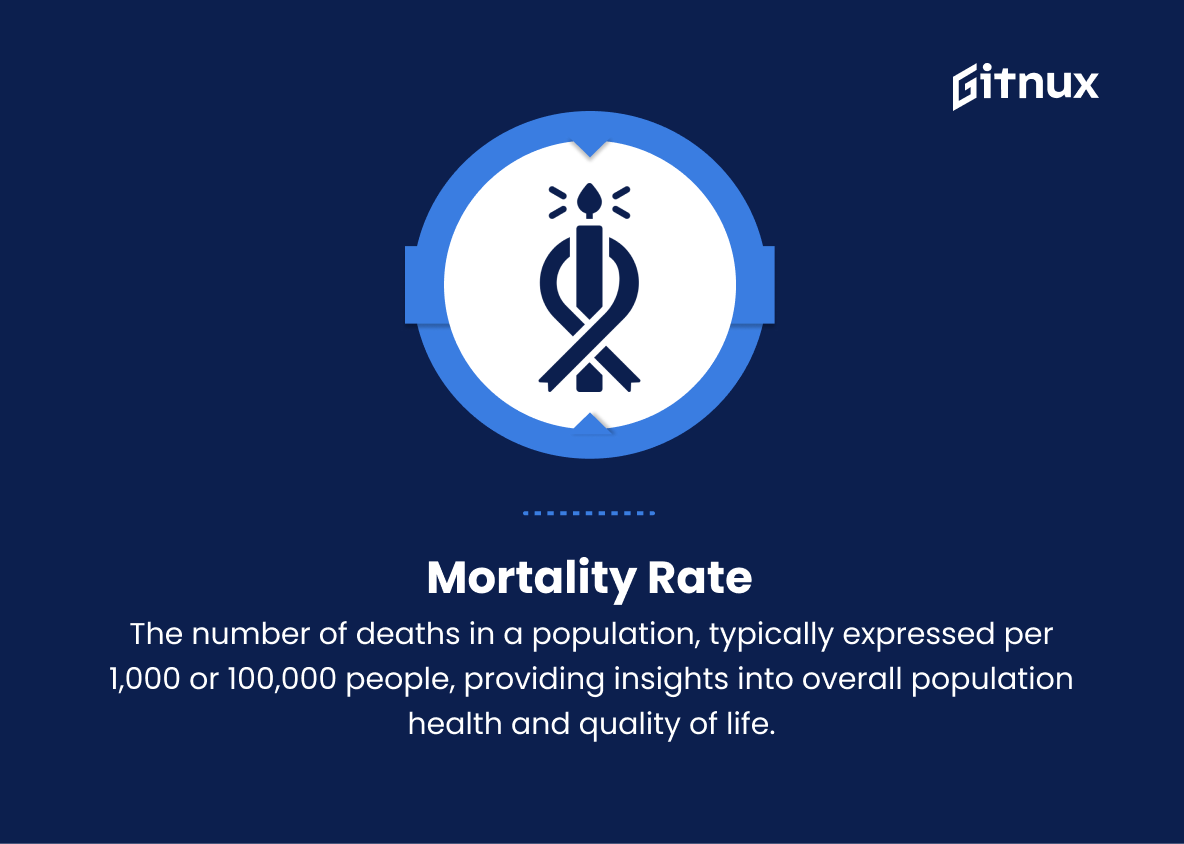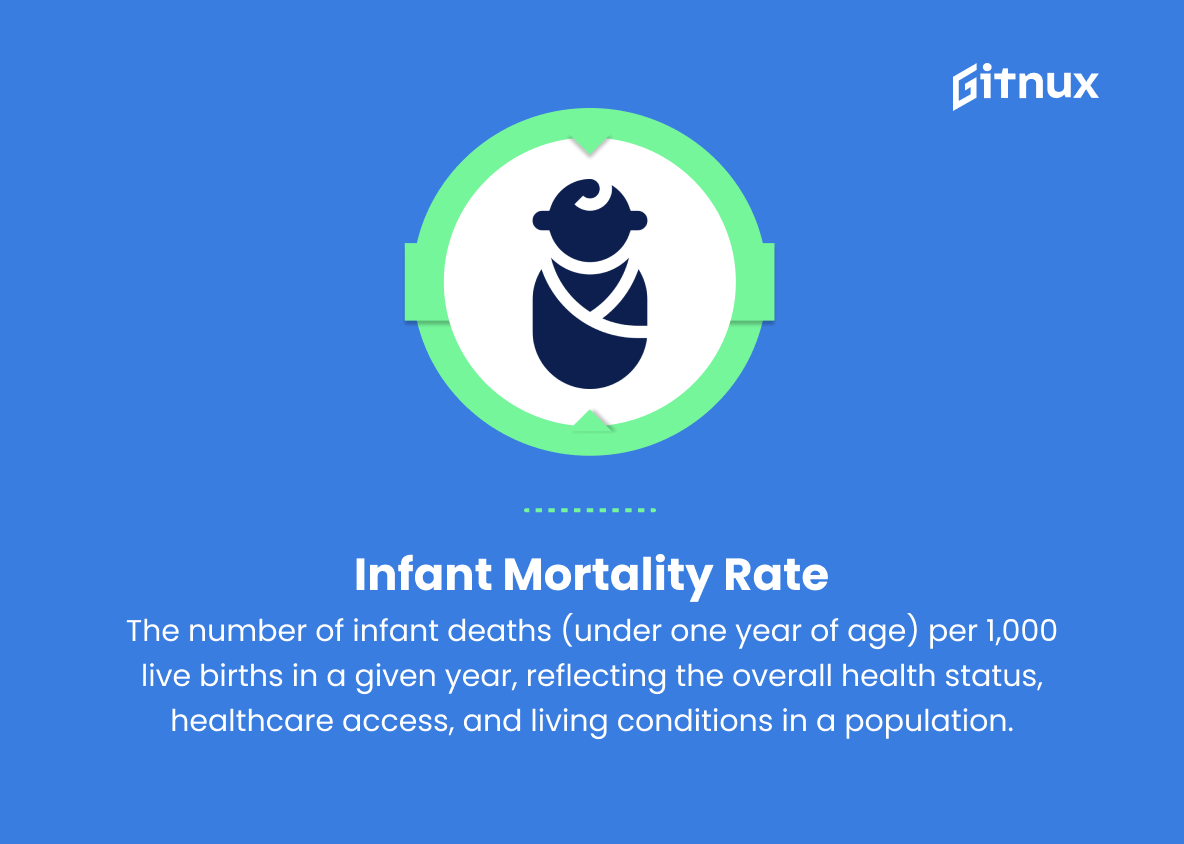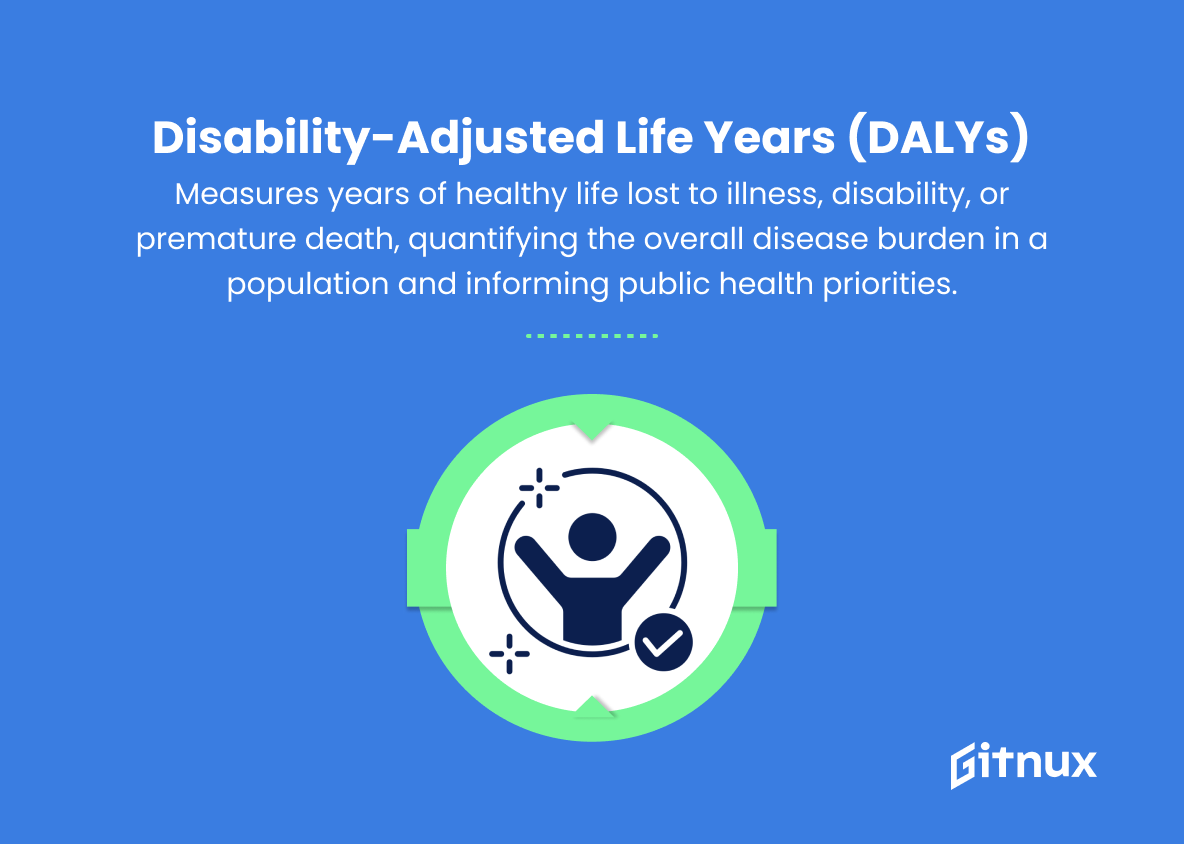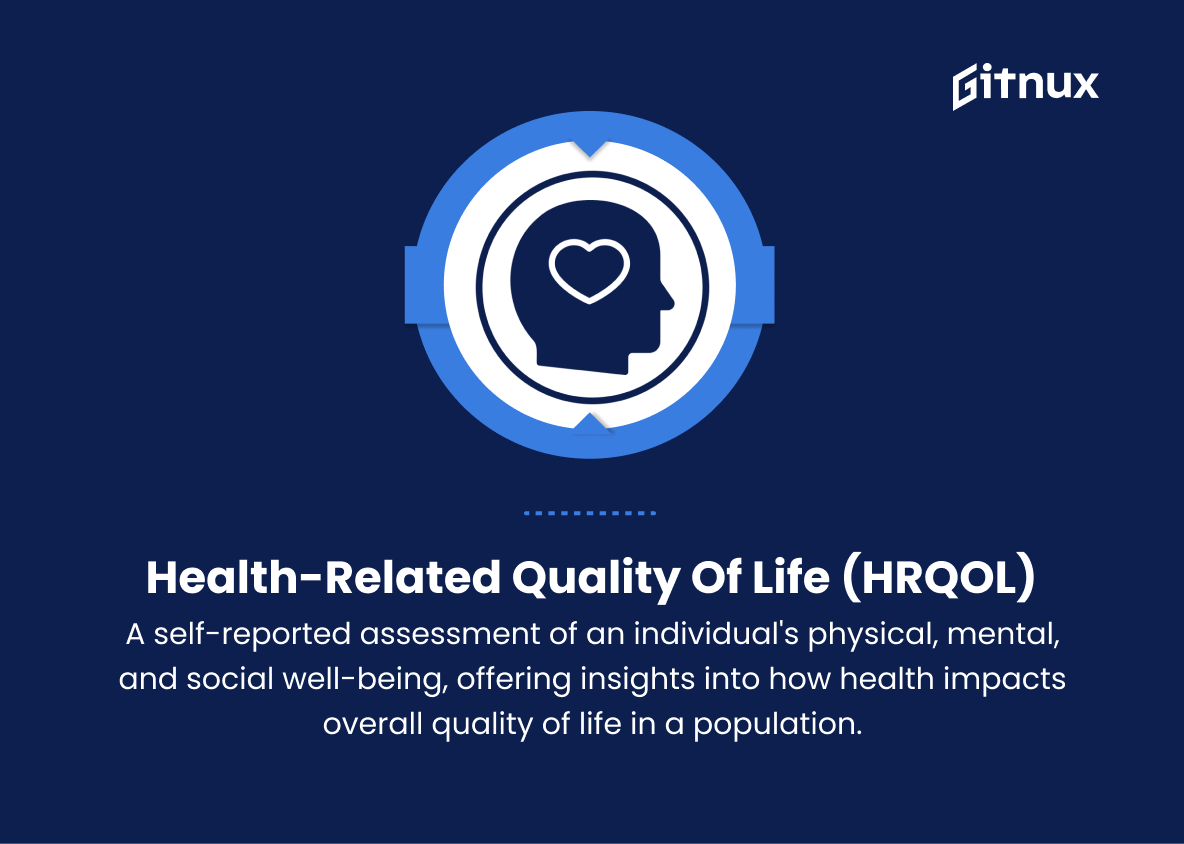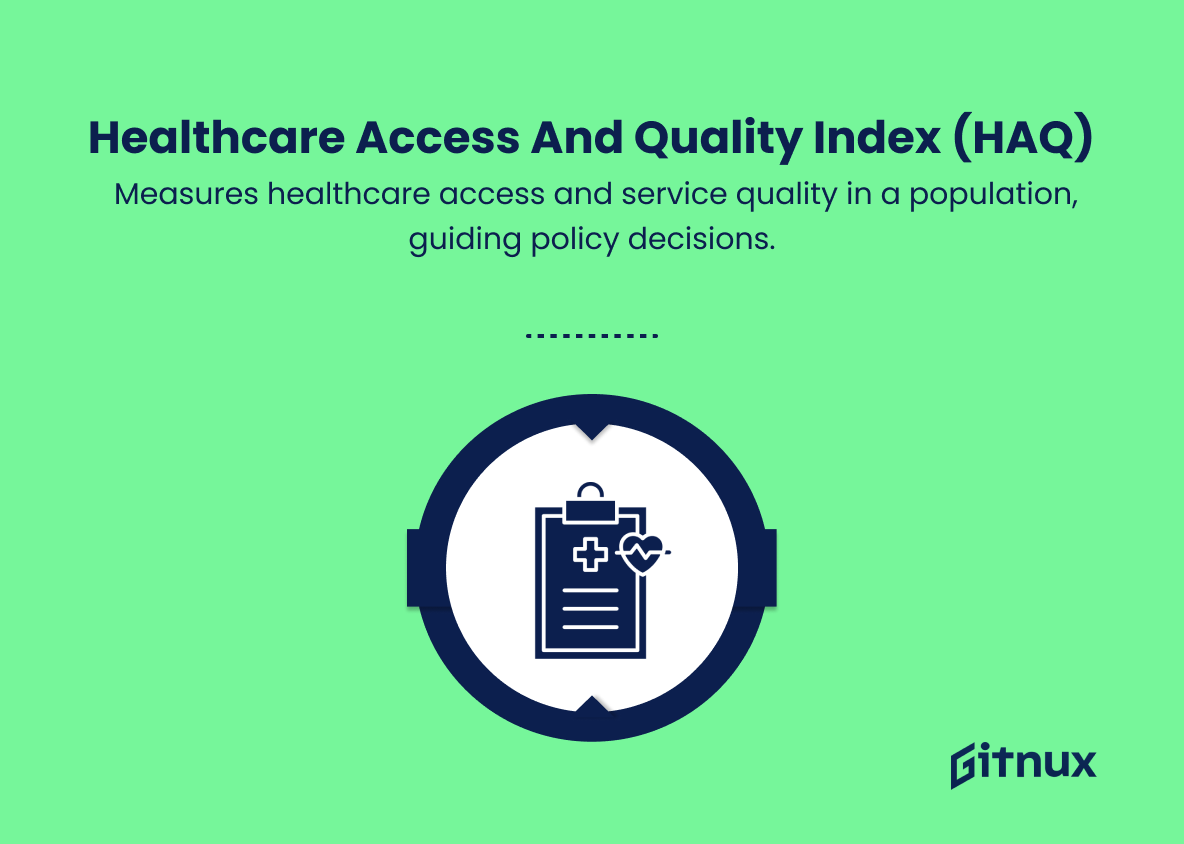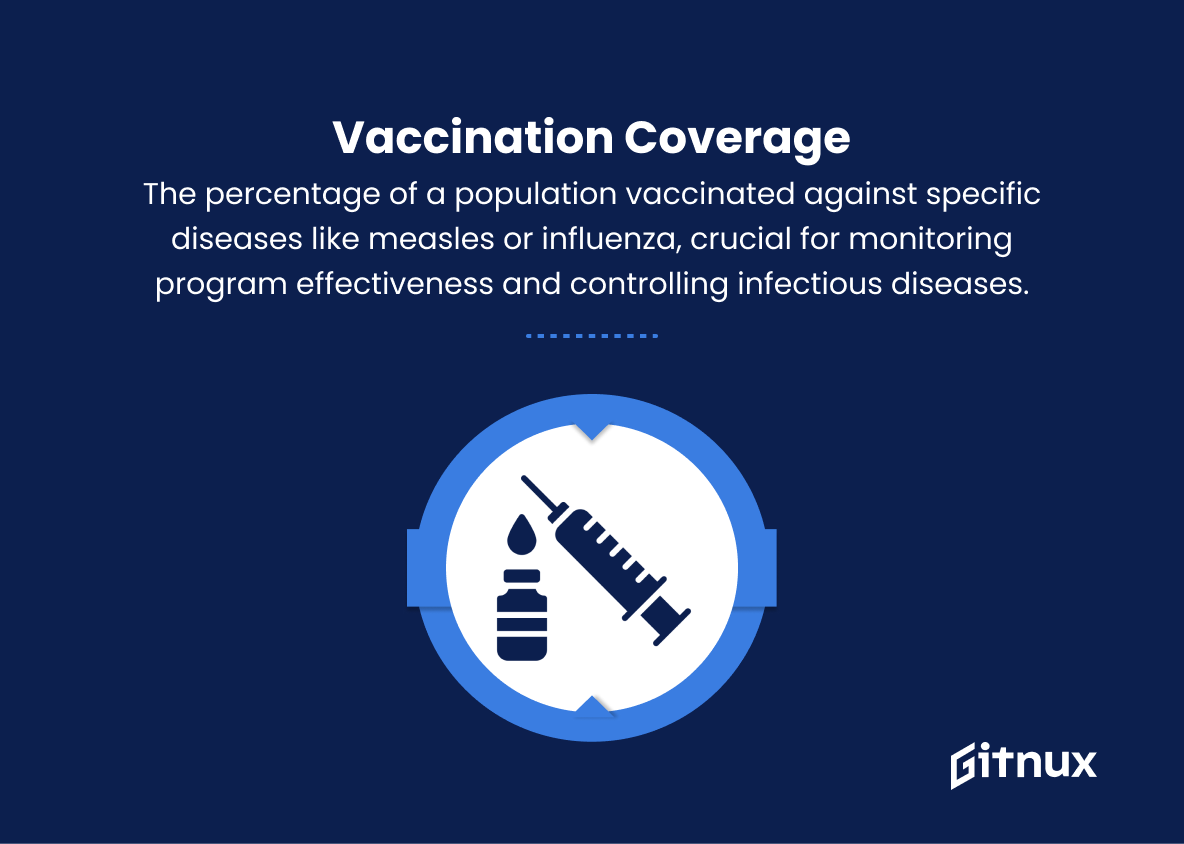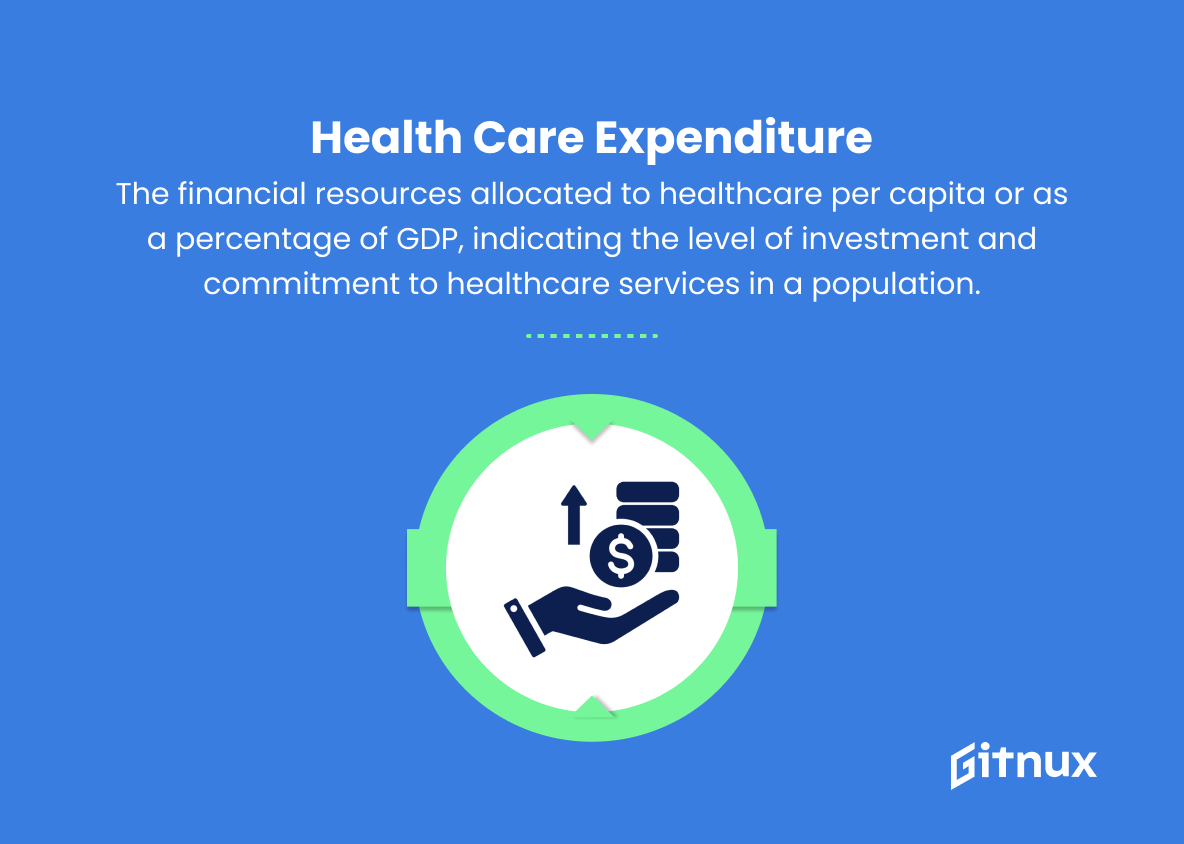In today’s constantly evolving global landscape, population health metrics have emerged as a crucial instrument in assessing and addressing the overall well-being of communities. By quantifying various aspects of public health, these metrics empower policymakers, healthcare professionals, and researchers to make informed decisions and design effective strategies to promote healthier societies.
This blog post delves into the importance of population health metrics, exploring their applications, the challenges they face, and their potential to transform the way we approach healthcare on a global scale. Join us as we navigate this complex yet vital component of modern health sciences, which holds the key to unlocking a better, healthier future for all.
Population Health Metrics You Should Know
1. Mortality rate
The number of deaths in a given population, often expressed as a ratio per 1,000 or 100,000 people. This metric helps understand the overall health and quality of life within a given population.
2. Life expectancy
The average number of years a person is expected to live based on current age and sex-specific mortality rates. This metric provides an overall picture of the health and well-being of a population.
3. Infant mortality rate
The number of deaths of infants under one year of age per 1,000 live births in a given year. This is an important indicator of the overall health status of a population and reflects the access to healthcare and living conditions.
4. Maternal mortality rate
The number of deaths among women due to pregnancy-related causes per 100,000 live births. This metric highlights the importance of maternal healthcare and access to quality medical care during pregnancy and childbirth.
5. Prevalence of chronic diseases
The proportion of a population suffering from long-term illnesses, such as diabetes, heart disease, and cancer. This metric reflects lifestyle choices, environmental factors, and access to healthcare services.
6. Disability-adjusted life years (DALYs)
A measure of the years of healthy life lost due to illness, disability, or premature death. This metric helps to quantify the overall burden of disease in a population and can be useful for guiding public health priorities.
7. Health-related quality of life (HRQOL)
A self-reported measure of an individual’s physical, mental, and social well-being. This metric is useful for understanding how health status affects overall quality of life in a population.
8. Healthcare access and quality index (HAQ)
A composite measure of a population’s access to and the quality of healthcare services. This metric can help identify gaps in healthcare delivery and inform policy decisions on healthcare investment.
9. Prevalence of risk factors
The proportion of a population with risk factors for developing certain diseases, such as smoking, obesity, high blood pressure, and physical inactivity. This metric can inform targeted interventions to address these risk factors and improve population health.
10. vaccination coverage
The percentage of a population that is vaccinated against specific diseases, such as measles or influenza. This metric is crucial for monitoring the effectiveness of vaccination programs and controlling the spread of infectious diseases.
11. Health equity
A measure of the distribution of health outcomes and access to healthcare services across different population subgroups, such as race, gender, and socioeconomic status. This metric can help identify gaps and disparities in healthcare and target interventions for specific groups.
12. Health care expenditure
The amount of financial resources spent on healthcare per capita or as a percentage of gross domestic product (GDP). This metric can indicate the level of investment and commitment to healthcare services in a population.
These are just a few examples; there are numerous other population health metrics that can be used to monitor and improve the well-being of a community.
Population Health Metrics Explained
Population health metrics inform our understanding of community health and well-being. Mortality rate, life expectancy, infant and maternal mortality rates reflect access to healthcare, quality of life, and living conditions. Chronic disease prevalence, DALYs, and HRQOL metrics inform physical, mental, and social health. HAQ, vaccination coverage, health equity, and healthcare expenditure assess healthcare delivery and inform policy decisions. By identifying gaps and targeting interventions, population health metrics shape public health priorities and improve lives worldwide.
Conclusion
In summary, population health metrics play a crucial role in understanding the overall health and well-being of societies. These valuable tools provide policymakers, healthcare providers, and researchers with essential data to make informed decisions, address health disparities, and allocate resources effectively.
By refining, expanding, and integrating novel strategies in collecting and analyzing health metrics, we can create a healthier and more equitable future for all. As we continue to advance our knowledge and strategies surrounding population health metrics, we must emphasize collaboration, innovation, and accessibility in order to achieve meaningful and lasting change in global health outcomes.
